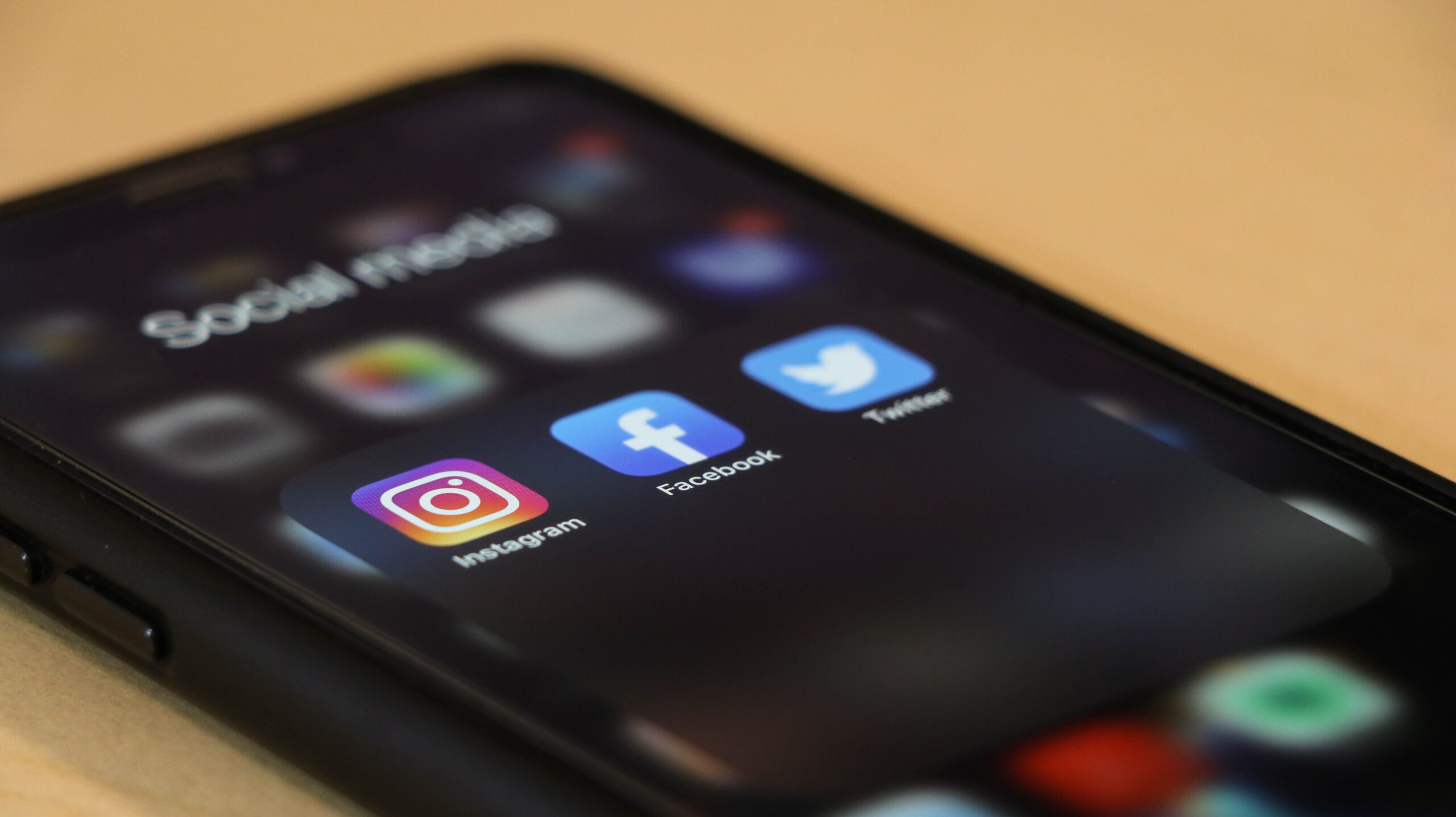
A couple weeks ago, we published a blog post on “Addressing “Post-Pandemic” Student Attention, Interaction, and Attendance or lack thereof: The Basics”, in which we shared strategies such as staying away from assumptions about student knowledge and how to lay out your session for improved student learning. We also acknowledged that while none of these practices seem particularly innovative, we as educators can make small changes that have a big impact in the long run.
Now you might be feeling adventurous and ready to take on some new practices. Have you thought about including social media, such as TikTok or a YouTube channel, in your course? Are you interested in co-creating a course with students via social media? The appropriate use of social media platforms, which most students are already more than familiar with, can light a new flame of interest in the course and, thus, can help facilitate the content in an exciting way. Here are some ways you can use popular social media (e.g., Twitter, Facebook, Instagram, and YouTube) in your classroom :
Create bite-size lessons
Most social media platforms take advantage of short videos that are either elaborately edited or not. No matter your video skills, creating a short highlight reel that underlines the key concepts of a lesson for students to watch as often as they need to is a helpful suggestion. You may also ask students to comment on the video.
Showcase class projects
Students are often asked to put a lot of work into their final projects through essays, presentations, portfolios, and other options. But once the assignments are turned in or the semester is over, most projects are stored in the ether. How about using social media as a platform for students to showcase their work, interact with their peers’ projects, and look back to?
Communicate with students
There are lots of ways to communicate with students, and support their diverse writing skills, using social media, including: using Twitter as a message board, create a class blog for discussions, share content using Facebook, or have students create web assignments using WordPress. Utilizing these media platforms will get students attention and adds curiosity.
Teach (digital) storytelling
Preparing students for their careers is of great importance in higher education. Nowadays, many employers ask applicants to provide a digital portfolio of their work, skills, and knowledge. If applicable to your course, assign a project that asks students to display what they have learned in your class through a digital portfolio format. For example, they could create a Google website, design a Facebook page or use Instagram for this purpose.
Of course, all of these suggestions can be implemented without social media and there are many more ideas available. However, meeting students where they are can be a fun way to disrupt the usual classroom procedures and make us rethink our classroom strategies in new and innovative ways. It’s your turn now! How can you upgrade your classroom experience?
One last important note, be aware of privacy concerns when using any public media platform in your course. Establish ground rules with your students, including privacy settings, protecting personal information, and discuss the danger that comes with misuse of social media. If you are interested in learning more about what you can try to improve your classroom experience, consider signing up for a consultation with one of our CTL consultants.
Written By: Sarah Lausch and Devshikha Bose